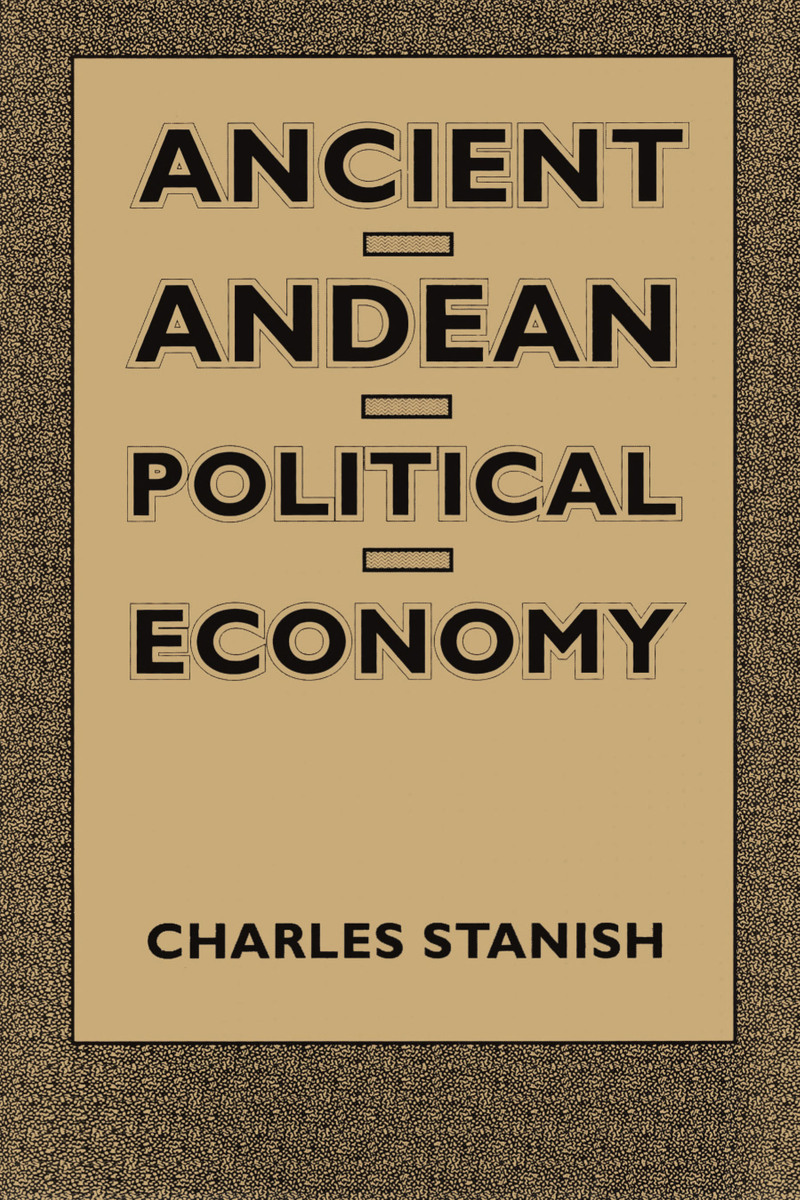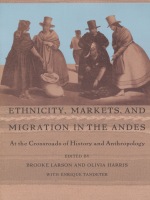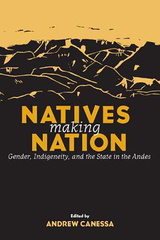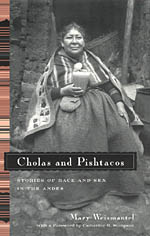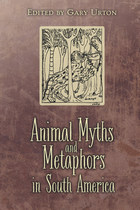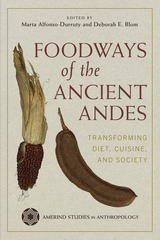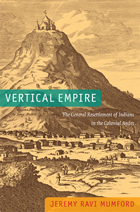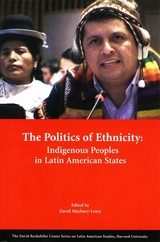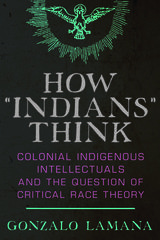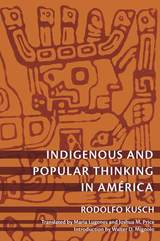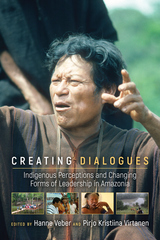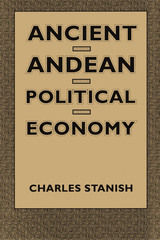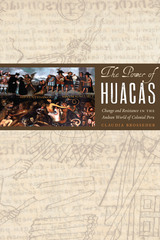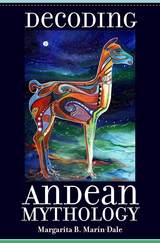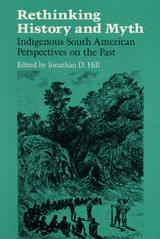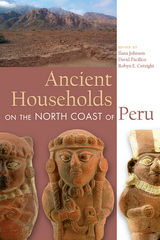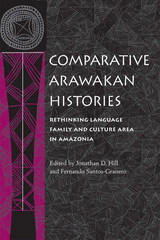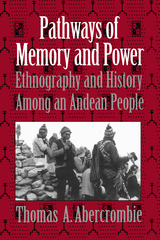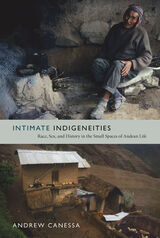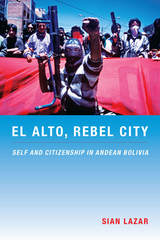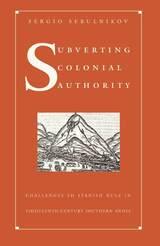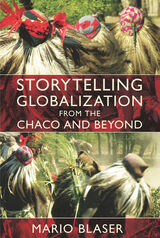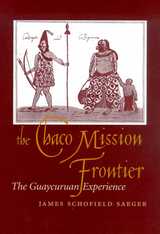Cloth: 978-0-292-76526-9 | Paper: 978-0-292-72945-2 | eISBN: 978-0-292-76406-4 (ePub) | eISBN: 978-0-292-76405-7 (PDF)
Library of Congress Classification F2230.1.P65S74 1992
Dewey Decimal Classification 980.01
For more than two millennia prior to the Spanish conquest, the southern region of the central Andes was home to dozens of societies, ranging from modest chiefdoms to imperial states. Attempts to understand the political and economic dynamics of this complex region have included at least two major theories in Andean anthropology. In this pathfinding study, Charles Stanish shows that they are not exclusive and competing models, but rather can be understood as variations within a larger theoretical framework.
Stanish builds his arguments around a case study from the Moquequa region of Peru, augmented with data from Puno. He uses the "archaeological household" as his basic unit of analysis. This approach allows him to reconcile the now-classic model of zonal complementarity proposed by John Murra with the model of craft specialization and exchange offered by Maria Rostworowski de Diez Canseco. These models of political economy are analyzed with the concepts of economic anthropology in the tradition of Karl Polanyi.
For students of archaeology, Andean studies, anthropology, and economic history, Ancient Andean Political Economy will be important reading.
See other books on: Andes Region | Economic anthropology | Indians of South America | Pre-Columbian Era | Stanish, Charles
See other titles from University of Texas Press
